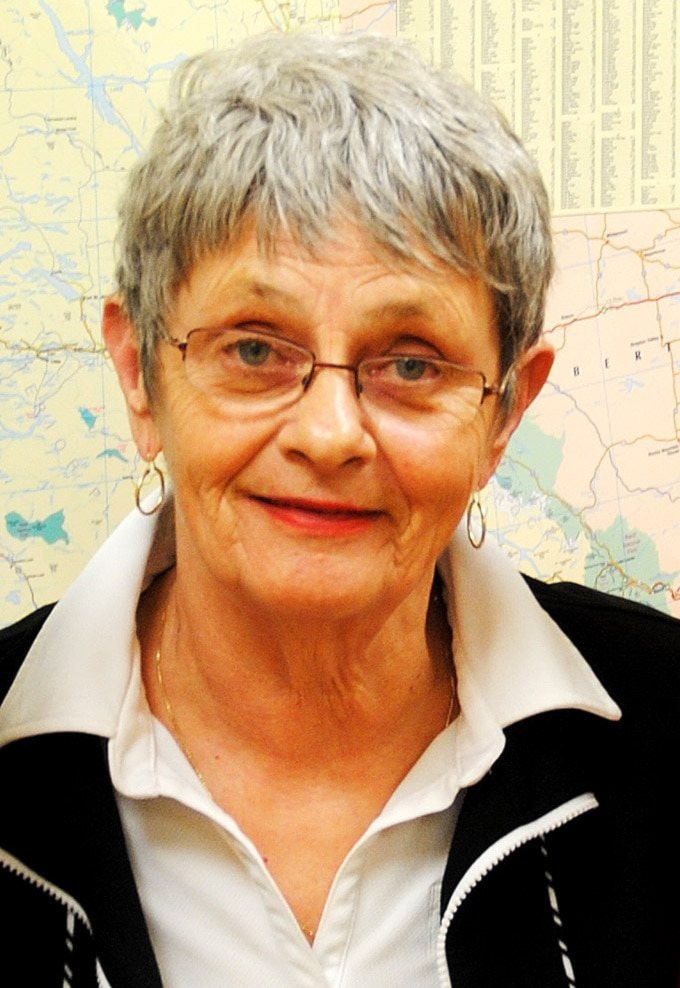There’s good and bad non-agricultural reserve land, said Cariboo Chilcotin MLA Donna Barnett of her government’s wish to change the Agricultural Land Commission Act.
“Critical lands like our grasslands have to be protected, but where there’s no water and no irrigation and you cannot grow anything, then people should be able to do something else with that land,” Barnett said.
Presently the government is trying to establish two zones in B.C. One zone would be for prime agricultural land under pressure by urban growth. The other for areas with shorter growing seasons with less arable land.
While changes to the act continued to be debated in the legislature, Barnett has heard concerns from ranchers about regional boards.
“They want to make sure that whoever is on these boards has knowledge of the agricultural industry, not just whether it’s a proper soil type or whatever. When the boards are looking at applications they need to make sure they are impeding the agricultural industry.”
Critics, however, are concerned the changes will jeopardize agriculture by allowing for industrial activity, such as oil and gas, or development.
Former MLA Joan Sawicki of the Bella Coola Valley worked at the Land Commission during its formative years from 1973 to 1981 and is currently a land-use consultant.
After listening to all the government’s rationalizations, she said she is convinced the changes to the act are not about helping farmers farm.
“This is the same government that has cut the ministry of agriculture’s budget so there aren’t extension people going out to help farmers make the business decisions they need to make,” Sawicki said.
The Agriculture Land Commission is independent and has a clear mandate to protect farm land, she continued.
On the short-term economics agricultural land is never going to be able to hold its own against higher values.
“It’s always going to be the loser user unless we as a society make the decision to say no, we need to think of the future and food security, with climate change, etc.”
The sensible approach is to keep options open to produce food when it’s needed and that’s the whole basis of the Agriculture Land Reserve, she added.
In the Cariboo-Chilcotin there are lower capability lands within the ALR — the class fives and class sixes, which are natural grasslands.
At the time the ALC was classifying the lands, farmers and ranchers in the region said those “marginal” areas were critical to their operations.
“The ALR boundaries did reflect the regional character of agriculture,” Sawicki said.
Barnett insisted the government is not trying gut the agricultural land reserve, but suggesting it’s a 40-year-old piece of legislation in need of some new initiatives.
“The last thing you want to do is take away agricultural land, there’s enough of that in the Lower Mainland that’s been desecrated for housing.”
